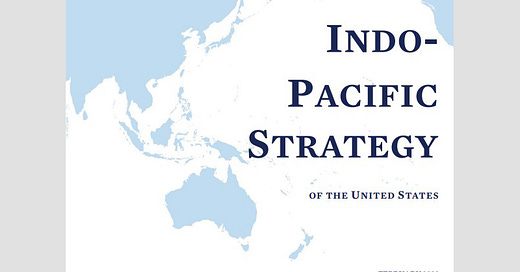The Biden White House has issued its strategy outline for the Asia-Pacific Region. But while the paper is long on platitudes about re-engagement, it is short on specifics and addresses one element – strengthening the Association of Southeast Asian Nations – which seems pure fantasy.
It delivers an unusually belligerent challenge to Beijing, charging that…
Keep reading with a 7-day free trial
Subscribe to Asia Sentinel to keep reading this post and get 7 days of free access to the full post archives.




